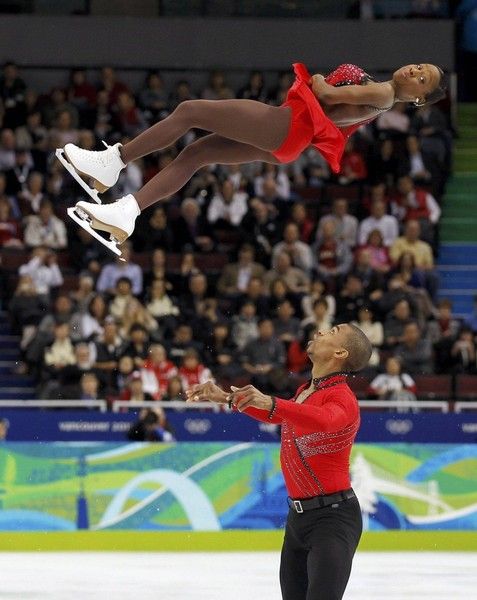|
|
Figure Ice Skating In Air
|
Some rinks use harness systems to help skaters learn jumps in a controlled manner. The ice rink installs a heavy-duty cable that is securely attached to two walls of the rink. A set of pulleys ride on the cable. The skater wears a vest or belt that has a cable or rope attached to it. That cable/rope is threaded through the movable pulley on the cable above. The coach holds the other end of the cable and lifts the skater by pulling the cable/rope. The skater can then practice the jump, with the coach assisting with the completion.
History
While people have been ice skating for centuries, figure skating in its current form originated in the mid-19th century. A Treatise on Skating (1772) by Englishman Robert Jones, is the first known account of figure skating. Competitions were then held in the "English style" of skating, which was stiff and formal and bears little resemblance to modern figure skating. American skater Jackson Haines, considered the "father of modern figure skating", introduced a new style of skating in the mid-1860s. This style, which incorporated free and expressive techniques, became known as the "international style." Although popular in Europe, Haines' style of skating was not widely adopted in the United States until long after his death.
|
|









